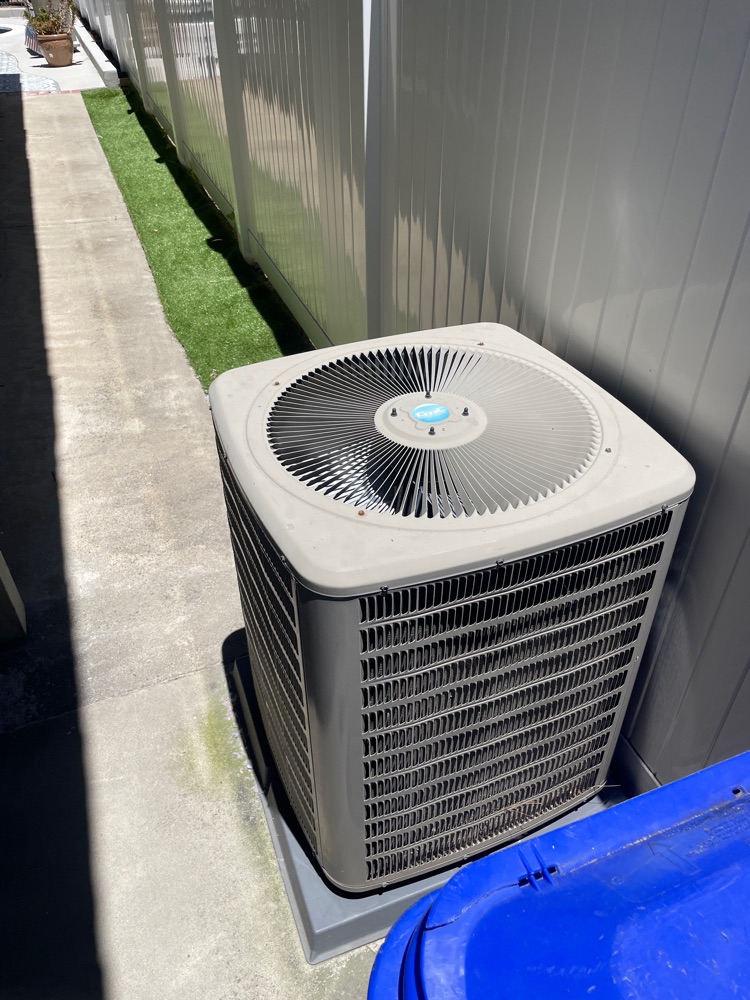Wall heaters need particularly close attention when winter is coming. There is a season for all things. Before we begin, you should have a basic understanding of how a thermostat works. Most homes feature a wall-mounted thermostat that is powered by a 120-volt circuit. But, before the 120-volts gets to the thermostat, it is first wired to a transformer which reduces the voltage all the way down to anywhere between 12 and 24 volts, depending on your furnace. This is why all of the wires you see attached to your thermostat are very thin. Now, here are some common thermostat problems and how to repair them. There are a few different potential causes for the absence of heat from the heater. These include a tripped breaker, a loose connection, a dirty thermostat or a bad battery in your digital thermostat. The first thing you will want to do is to check the electrical panel to see if any breakers are off or tripped. If everything looks OK, then check the battery in your thermostat if it is a digital model. Remove the cover from your thermostat and check all of the wire terminals. Make sure that the wires are all connected to their proper terminals and that no wires are loose or broken off. Use a can of compressed air to clean out the thermostat and a soft brush to scrape away any problematic dust. Turn the thermostat to its lowest setting and clean the bimetallic coil. Then, turn the thermostat to its highest setting and clean the coil again. When finished, set the thermostat to your desired temperature. Hope you will cope with the issue fast and efficiently.

November 26, 2023
AC is leaking from the coil – HVAC Troubleshooting in San Diego
Have you encountered a leaking air conditioner? This causes not the most pleasant feelings and deprives you of comfort. Before solving this problem, you should determine what exactly became the source of the air conditioner flow.


















